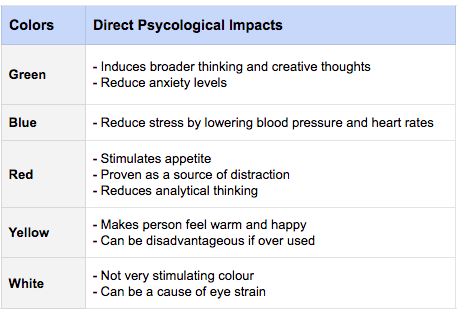
- Products
- Solutions
- Learn
- Partner
- Try Now
Office designing has evolved a lot over the past 50 years. It has become a much more cultured process which mainly focuses on creating a collaborative workplace. The design of an office not only promotes productivity and efficiency but also creativity and wellbeing of an individual.
Let’s have a brief look at how the office designing has evolved:
It was centuries back when people actually started working. At that time people use to work outside in open spaces. Later, in the 18th century, the dedicated office buildings began to be created. The first office design was inspired by the principles of “Taylorism”, a methodology created by a mechanical engineer, Frank Taylor. As per his layout workers were supposed to sit in endless rows with managers observing from encircling offices.
Taylor’s approach was very much criticized, as it did not take human and social elements into consideration. As time progressed, with the invention of lift and steel frame construction, we entered into a new way of working. Open plan offices were now replaced by large commercial buildings. Workplace now was a mix of private offices and open plan workstations. This new office plan resulted in an increased productivity of employees.
Nowadays offices are designed in such a way that they encourage a great degree of human interaction and engagement. More the employee engagement and communication more will be the productivity and creativity of the employees.
Here are the key aspects of office designing that can directly affect team productivity:
Design an effective layout:
What actually is a workplace? It not only considers the space of work but also the energy of that space. It is proven that if employees are more satisfied with their workplace then they show better results. Plan your layout in such a way that it inspires flexible work habits and enables free thinking. Creating the space that best suits your organization means serving the needs of your staff in an efficient way so that they’re set up for work when they arrive at work.
Follow ergonomics at the workplace:
The conditions under which employees perform their everyday activities directly affect productivity at work. Ergonomics is the process of designing or arranging workplaces and products in such a way that they fit the people who use them. Its main aim is to create safe, comfortable and productive workspaces. As per the recent survey of Safe Work Australia, the total economic cost of work-related injuries is estimated to be $60 billion dollars. Another recent research has shown that lower back is the world’s most common work-related disability that’s affecting office employees. Hence it’s important to consider these practices while designing the office.
Make a place for collaboration:
Providing a space for collaboration goes beyond providing a conference room. A well planned and designed workplace should offer different types of spaces in which people can work, and access the right technology. It is said that some employees show good results if they are given the freedom to choose their workplace. These flexible places can also be used for informal catch-ups, lunch or tea breaks. It is these places where innovative business ideas originate.
Controlling light and sound at the workplace:
The open offices do offer some important benefits. Light and sound are the two most important factors that affect the productivity of the organization. It has been found that those who work in natural light tends to feel less sleepy at work compared to those who work in artificial light. Humans are deeply connected with nature. A view of nature in the workplace makes employees less frustrated and more productive and patient.
Furthermore sound has an immediate effect on concentration. Research in 2014 shows that a single employee lost as much as 86 minutes per day due to noise. Some workers are more efficient in a quiet space whereas some are more efficient when some music is played around. Creating such workplace which caters the needs of both will definitely boost your business.
Introduce the concept of different colors:
Different colors in office will definitely spice up an office. Each color has its own psychological impact at a subconscious level. One can use this technique to influence his employees by using the right colors at the right places in the office. Here is the list of some colors and their effects:
Different colors and their impacts

Concluding thoughts:
Office design fosters collaboration and well-designed office space is essential for running a successful business. An owner should go beyond the basics and analyze what makes his employees more creative, inspired and engaged at work- whether that’s color, music or plants in the office. A perfect office design makes employees happy and happy employees are always more productive.
We are always open to suggestions. Do you have one? Feel free to Contact us today!
If you enjoyed reading this, we’re sure you will also love checking out what we have in store on our Youtube channel. You can also head to our home page for more info!
Subscribe to stay ahead with the latest updates and entrepreneurial insights!

Subscribe to our newsletter
Get access to the latest industry & product insights.





















